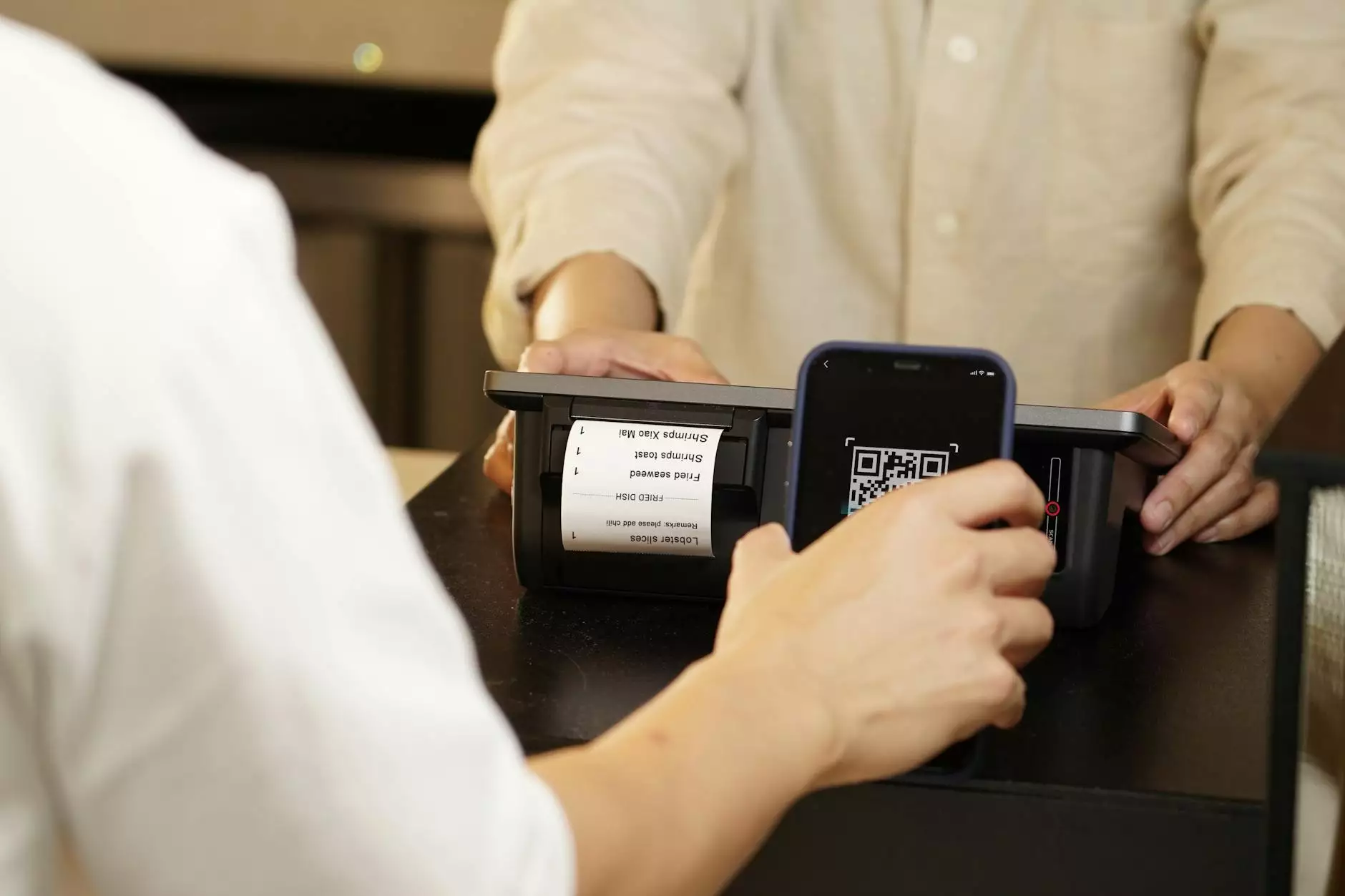How QR Codes Work for Inventory Management
Blog
Introduction
Welcome to the comprehensive guide on utilizing QR codes for effective inventory management by SEO On Line Marketing Results.
Understanding QR Codes
A QR code, short for Quick Response code, is a two-dimensional barcode that can store large amounts of information. It can be scanned using a smartphone or dedicated QR code reader, providing instant access to the encoded data.
The Benefits of QR Codes for Inventory Management
In the realm of inventory management, QR codes offer numerous advantages:
1. Efficient Data Entry and Retrieval
With QR codes, manual data entry becomes a thing of the past. Scanning a code automatically populates information into your inventory management system, reducing the risk of errors and improving overall efficiency. You can swiftly access product details, quantities, and timestamps without tedious manual inputs.
2. Real-Time Inventory Tracking
By implementing QR codes into your inventory management system, you gain precise visibility into your stock levels. Regular scanning updates the data instantly, allowing you to monitor inventory in real-time. This enables proactive decision-making, prevents stockouts, and ensures optimal supply chain operations.
3. Enhanced Productivity and Accuracy
QR codes streamline inventory management processes, enabling your workforce to scan and update stock information swiftly. This promotes accuracy, minimizes human errors, and boosts overall productivity. Employees can spend less time on tedious manual tasks and focus more on strategic initiatives.
4. Improved Traceability and Accountability
QR codes enable detailed traceability throughout the supply chain. Each code contains crucial information such as batch numbers, expiry dates, and product origins. By scanning codes at each stage, you can identify potential issues, track items, and enhance accountability across your inventory ecosystem.
5. Cost and Time Savings
Implementing QR codes reduces the need for physical paperwork and manual record-keeping. This results in significant cost savings by minimizing human resource requirements, printing expenses, and storage space. Additionally, the time saved from automated scanning translates into improved operational efficiency.
Implementing QR Codes in Your Business
The process of integrating QR codes into your inventory management system involves several key steps:
1. Designing the QR Codes
Collaborate with a graphic designer or utilize QR code generation tools to create visually appealing codes. Consider incorporating your brand elements while ensuring the codes remain scannable.
2. Linking QR Codes to Information
Determine the data that each QR code should contain. This can include product details, serial numbers, locations, or any other information crucial to your inventory management processes.
3. Integrating with Inventory Management Software
Select an inventory management software solution that is compatible with QR codes. Ensure seamless integration so that scanned data seamlessly flows into your system.
4. Employee Training and Adoption
Train your employees on how to scan QR codes efficiently and familiarize them with the benefits. Encourage adoption by highlighting the positive impact that QR codes can have on their daily tasks and overall workflow.
Best Practices for Leveraging QR Codes in Inventory Management
To maximize the effectiveness of QR codes in your inventory management system, consider the following best practices:
1. Strategic Placement
Position QR codes at easily accessible locations on products, shelves, or storage units. Ensure they are visible and scannable, allowing quick and convenient scanning by employees or customers.
2. Regular Auditing and Code Maintenance
Periodically audit and verify that QR codes are in good condition and scannable. Update or replace damaged or faded codes promptly to maintain accurate data capture.
3. Dynamic QR Codes
Consider utilizing dynamic QR codes that allow you to update the encoded information without changing the printed code. This flexibility ensures data accuracy and adaptability to changing inventory requirements.
4. Security Measures
Implement appropriate security measures to prevent unauthorized access and tampering of QR codes. Encryption, authentication protocols, and regular system audits can help safeguard your inventory data.
5. Analytics and Performance Tracking
Leverage analytics tools to track and analyze QR code usage. This data can provide insights into customer engagement, popular products, and areas for improvement within your inventory management processes.
Conclusion
QR codes have the potential to revolutionize inventory management for businesses across various industries. The benefits of efficient data entry, real-time tracking, enhanced productivity, improved traceability, cost savings, and more, make QR codes an indispensable tool in today's competitive marketplace.
By incorporating QR codes into your inventory management system following best practices, you can enjoy seamless operations, reduced overheads, and increased customer satisfaction. Embrace the power of QR codes and unleash the full potential of your business's inventory management capabilities.




